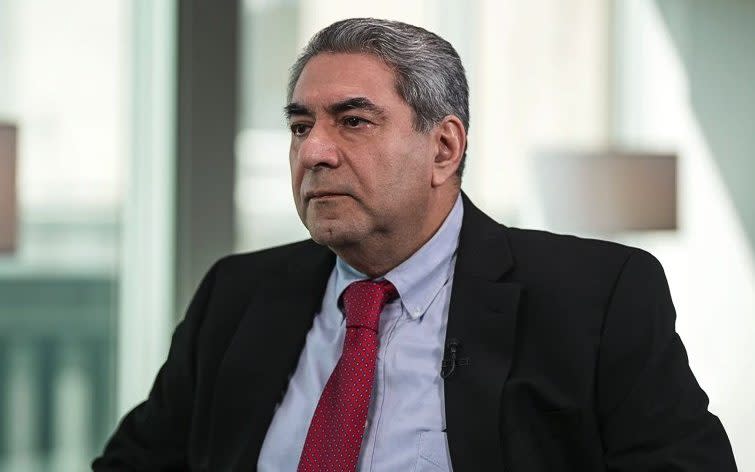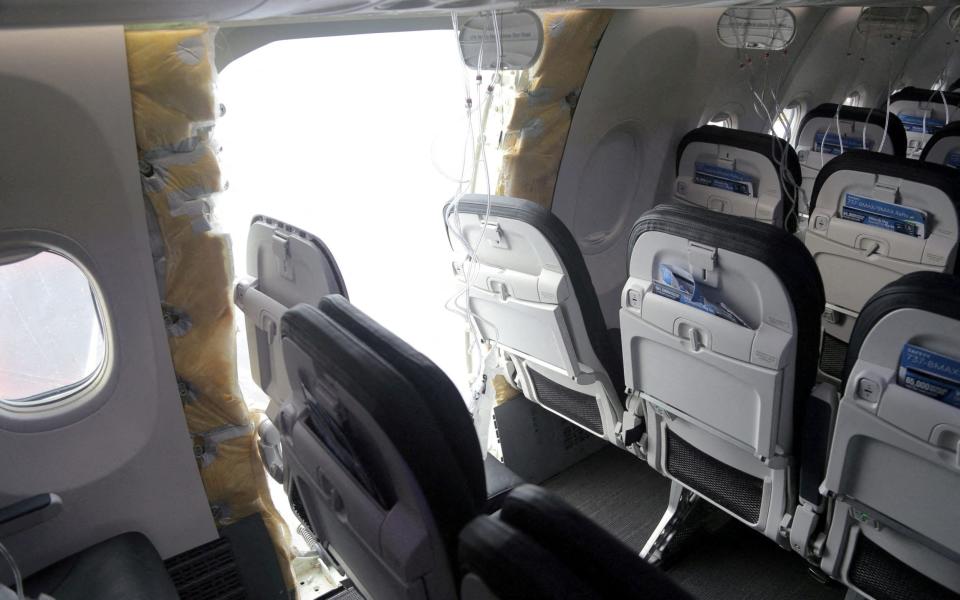Ground all Boeing 787 Dreamliner jets over safety fears, says whistleblower
Boeing’s global fleet of 787 Dreamliner jets should be grounded for safety checks after manufacturing errors left them structurally unsound, a whistleblower has said.
Engineer Sam Salehpour claimed that a race to speed up production had led to serious problems with the aeroplanes including small gaps between sections of fuselage.

He is calling for the entire fleet of more than 1,000 Dreamliners to be kept on the ground for inspection.
Mr Salehpour told US broadcaster NBC: “The entire fleet worldwide, as far as I’m concerned right now, needs attention. And the attention is, you need to check the gaps and make sure that you don’t have potential for premature failure.”
The claims heap more pressure on Boeing as it grapples with the crisis surrounding the smaller 737 Max – under investigation after production flaws caused a panel to blow out of an Alaska Airlines plane – and faces questions over whether it compromised safety by attempting to build jets faster and compete with European rival Airbus.

US carrier United Airlines has blamed a $200m (£161m) hit to its earnings in the first three months of the year on the blowout, after it was forced to ground many planes as a result.
Mr Salehpour detailed his concerns later on April 17 in a hearing in the US Senate, claiming Boeing had used excessive force to help close gaps between fuselage sections before adding shims, or thin strips of metal. He said such force is known to cause fatigue in composite materials such as those used on the 787 that cannot be detected visually.
Ed Pierson, a former Boeing engineer, told the Senate hearing on April 17 that the company was engaged in a “criminal cover-up” concerning safety records, and that he had warned management of risks regarding the 737 Max before two fatal crashes that killed more than 300 people.
Boeing said this week that claims about the 787’s structural integrity are inaccurate and that work done to ensure quality and long-term safety give it full confidence in the plane.
An official has said the model has been stress-tested for 165,000 flight cycles, beyond its expected lifespan, and that no aircraft has shown evidence of fatigue.
Mr Salehpour initially set out his concerns about the 787 and the even larger 777 plane in a complaint to the Federal Aviation Administration earlier this year, which the regulator has said it is investigating.
The letter said that parts of the 787 were improperly fastened together following changes to the production process and were in danger of coming apart after thousands of flights.
At the Senate hearing Mr Salehpour repeated allegations about the 777 programme, onto which he said he reluctantly moved after his claims regarding the 787 were dismissed.
Workers used improper methods and unlimited force to help align parts of the 777, Mr Salehpour said, in one case even jumping on pieces of the jet to get them to fit, something he called the “Tarzan effect”.
Boeing also defended the 777 as having an exceptional record given the number of people who have flown safely on the plane.

 Yahoo Finance
Yahoo Finance 